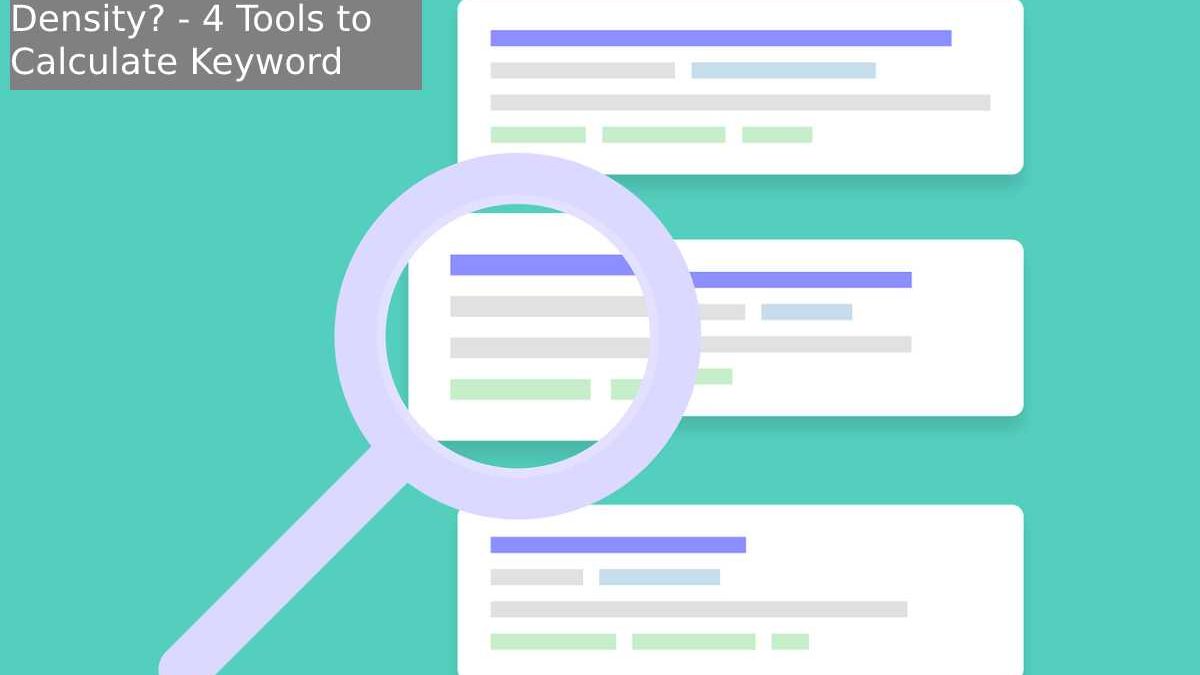Table of Contents
Introduction
Keyword density is a foundational concept of search engine optimization (SEO). Understanding how keyword density works is essential since it can directly impact your site content’s visibility in search engine results pages (SERPs) and the costs of your online marketing campaigns.
However, the relative importance of keyword density in most search engine ranking algorithms, including Google’s, has changed over the years. Hence, it’s especially crucial to understand how this concept will impact your SEO in the post-Panda world.
Keyword density refers to the number of times a keyword appears on a given webpage or within a piece of content as a ratio or fraction of the overall word count. This remains sometimes referred to as keyword frequency, or the incidence with which a specific keyword appears on a webpage.
Keyword Density
The density of keywords or keyword density is a concept within digital content that closely links to SEO.
It was an absolute positioning value that all web and blog writers watched closely.
However, the other updates that have been to Google’s algorithms have left them with less weight.
What is keyword density?
The keyword density is the percentage that indicates the ratio between the number of times a keyword seems compared to the total number of words in the text.
- For example, imagine writing a post about how digital transformation affects companies’ growth.
Its importance in a globalized world and the keys to a digitization plan. Our keyword is “digital transformation.” - The text is 1,500 words long, and the keyword appears 12 times. We can easily calculate and see that the density is 0.8%. If it appeared 20 times, it would be 1.3%. If I did it 40 times, 2.6%.
Is there an ideal keyword density?
No, far from it. Although some supposed SEO gurus recommend a specific density of keywords, it is not scientific and should be considered standard.
- Everything will depend on the type of content and what Google values to position it. There are articles or content that position with a low percentage of keywords and others. It is necessary to attack the keyword more vigorously to achieve a better place.
- Anyway, if you want an orientation, use a density between 1.5 and 4%, always depending on the content type. That if n or never fall into the abuse of keywords or keyword stuffing.
- Also, look at how your competitors’ posts that best position for that word are making. You are sure to draw fascinating conclusions.
- But remember, there is no ideal density percentage, as the well-known Matt Cutts explains below.
4 tools to calculate keyword density
Several tools check the percentage of times a particular word or term appears in a text. Here we leave you with the best keyword density tools :
Yoast SEO: SEO plugin for WordPress. It shows the density of keywords when it is written in this CMS.
[Keyword Density] Checker: an online tool that measures the density and number of words in the title, meta description, content, etc.
Internet Marketing Ninjas: a tool that measures density very quickly.
SEO book [Keyword Density]: this application allows you to know many data. Density of the total text, headings, links, images, etc.

